Rainy days in Florida bring visitors flocking to WMODA. When you can’t sunbathe in your new swimsuit, you can enjoy the beach fashions of your parents and grandparents in our Art Deco gallery at WMODA. Porcelain figurines by Royal Doulton, Rosenthal, and Goldscheider depict the swimming costumes in vogue during the 1920s and 30s.
Sunbathing at the seaside became a fashionable leisure activity in the 1920s and glowing bronzed skin was in vogue after centuries of cultivating a pale complexion. Victorian women appreciated the health benefits of sea bathing but they immersed themselves in the water, covered from head to toe. Strict etiquette prompted the use of horse-drawn bathing machines - four-wheeled carriages, which were rolled into the surf to protect the modesty of the bathers. Bloomers, which were popularized for health reasons by Amelia Bloomer in the mid-19th century, were modified for bathing and worn with tunics. However, they were made from a heavy flannel material that weighed down the wearer.
Mixed bathing became socially acceptable in the early 20th century and the younger generation abandoned their mother’s voluminous bathing dresses and sported new figure-hugging swimsuits. When these one-piece costumes first appeared in the early 1900s, they caused outrage. In 1907, Annette Kellerman, the first woman to swim the English Channel, was arrested in Boston for her indecent attire. In 1915, Jantsen, the Portland Knitting Company, introduced swimming suits made of wool and their sleek red diving girl logo conjured up the spirit of the jazz age.
Royal Doulton’s leading sculptor, Leslie Harradine, lived through the roaring twenties and glamorous thirties, portraying sun-seekers lounging at the lido in revealing bathing suits and beach pajamas, which shocked the older generation. Pajamas, which are now worn only at bedtime, were fashionable seaside wear in the 1920s. The famous Venice Lido was advertised in 1927 as “the beach of sunshine and pyjamas”. Derived from the Hindi “paejama” meaning “leg covering”, pajamas had been established nightwear for men since the Victorian era but it was very adventurous for women to wear trousers of any kind until the 1920s.
The bikini made its appearance in 1946, supposedly named after the atomic tests at Bikini Atoll in the Pacific Ocean. The new two-piece swimsuit was designed to have an explosive effect on the beach and didn’t become widespread until the swinging sixties. There’s nothing new under the sun, as they say. Sicilian women were wearing bikinis in the 4th century as can be seen in the mosaics at the Villa Roma de Casale.
We only have one figurine wearing a bikini at WMODA, a pin-up style model by Tiziano Galli who worked for Capodimonte. We also have several glass bikini tops by Chelsea Rousso, including one she designed especially for Mershark Rhanu to wear at our events. Also, Ardmore fans will be interested to know that Hermès of Paris makes bikinis and swimwear with Ardmore designs. Get into the swim at WMODA this summer!
Read More...
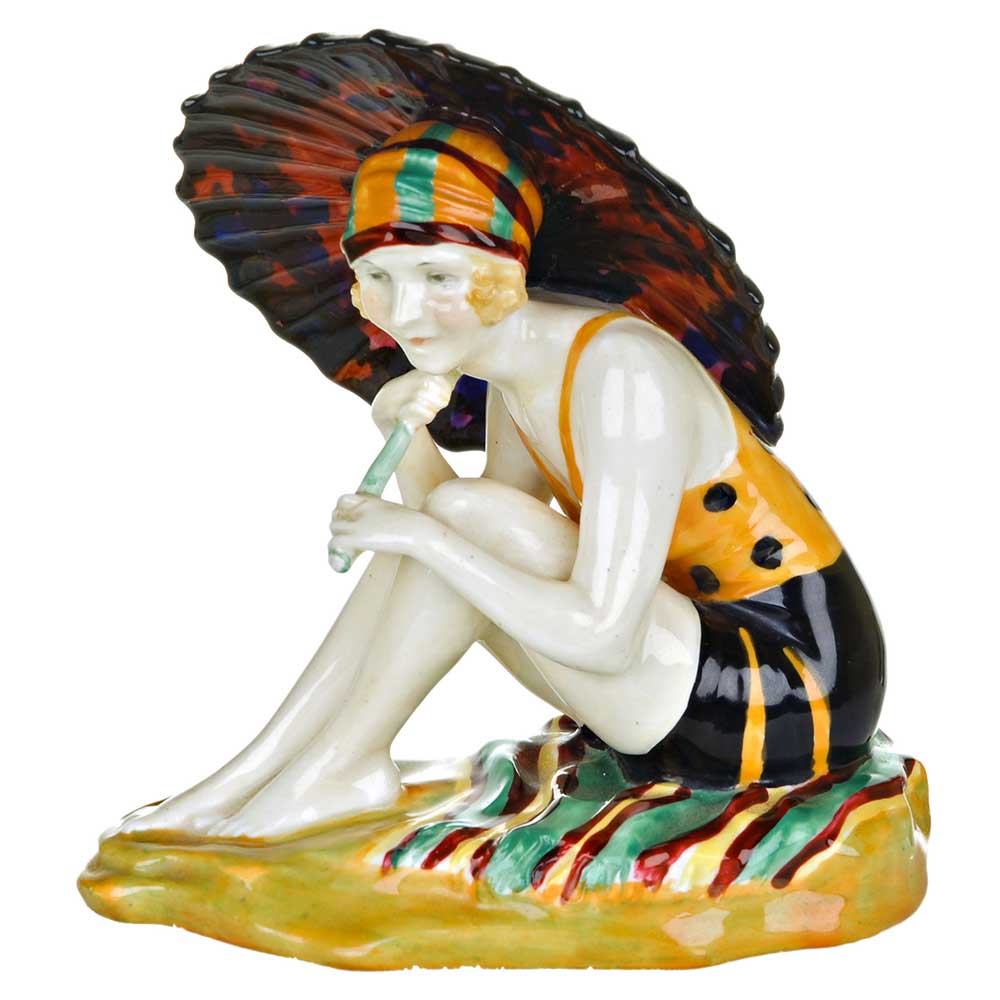
Royal Doulton Sunshine Girl by L. Harradine

Film Fun Magazine 1924
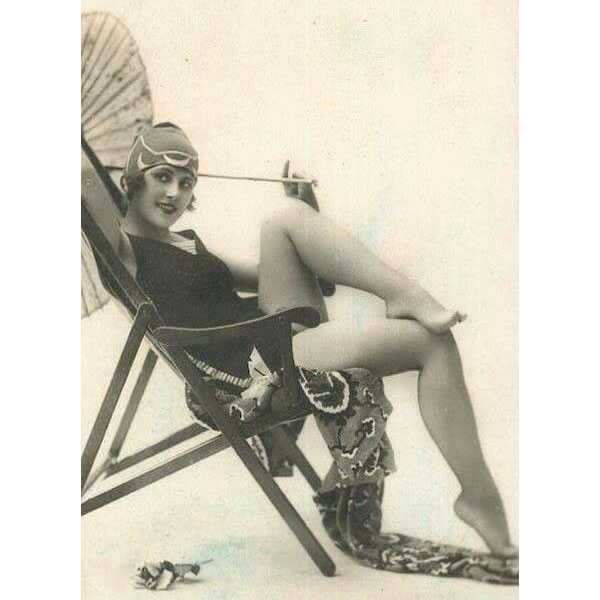
Sunbathing

Victorian Bathing Machine

Royal Doulton Victorian Bather Prototype by A. Maslankowski
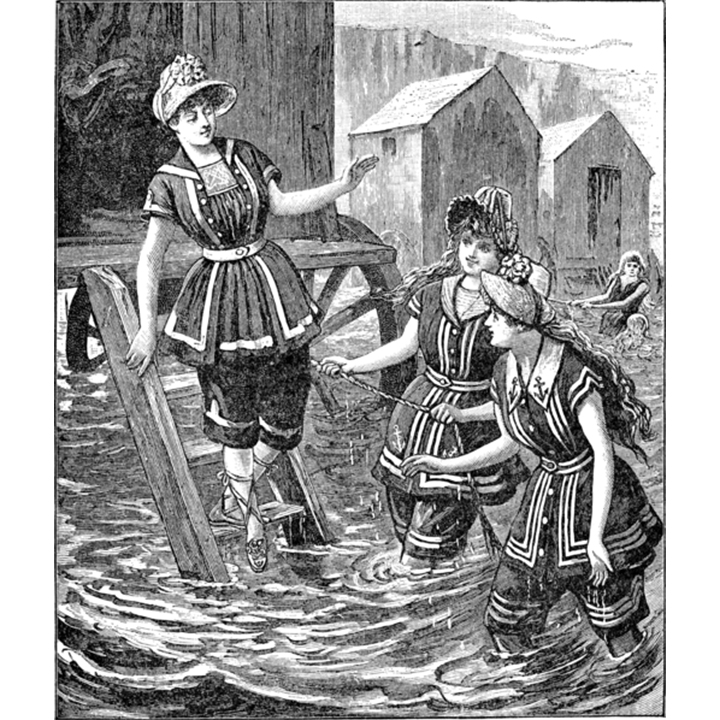
Victorian Bathing Machine

Victorian Bathing Cartoon by F.G. Cruikshank
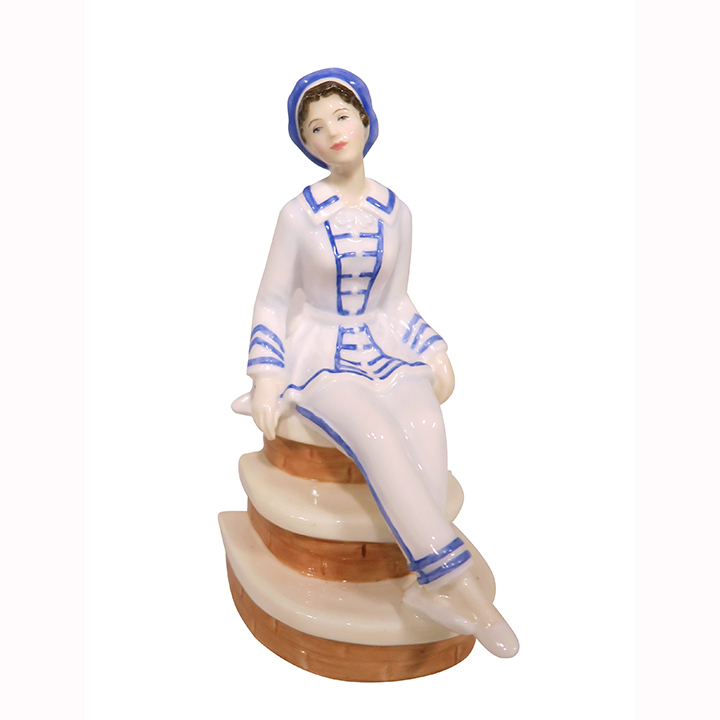
Royal Doulton Victorian Bather Prototype by A. Maslankowski

Victorian Bathers

Victorian Bathers

1900's Bathing Suits
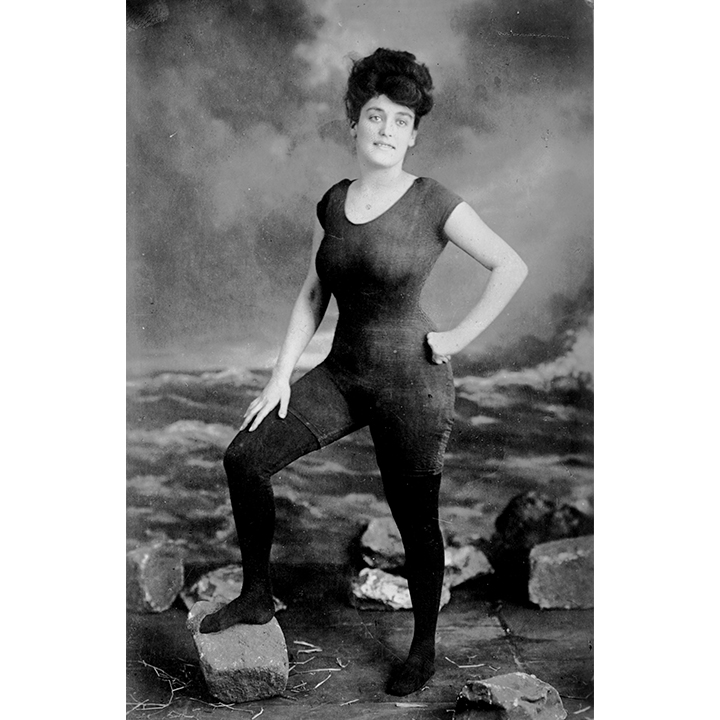
Annette Kellermann
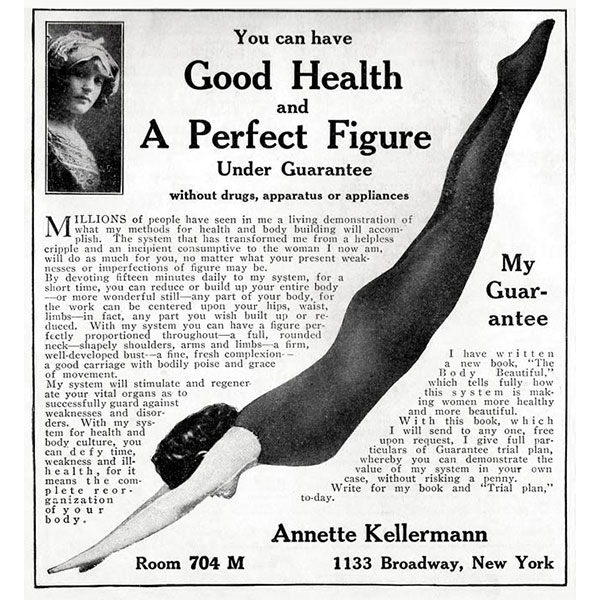
Annette Kellermann swimming school
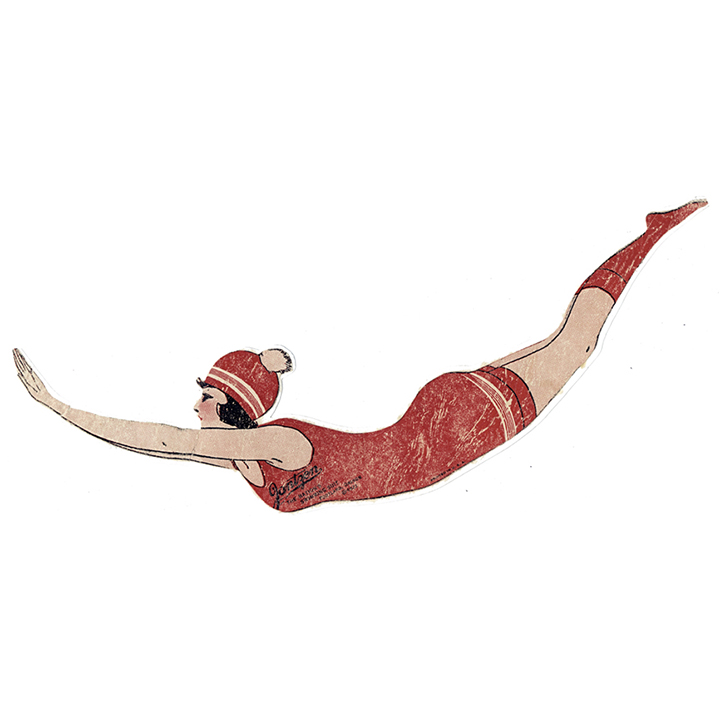
Jantzen Advertisement

White Star Line Travel Poster

Royal Doulton Prototype Swimmer by L. Harradine
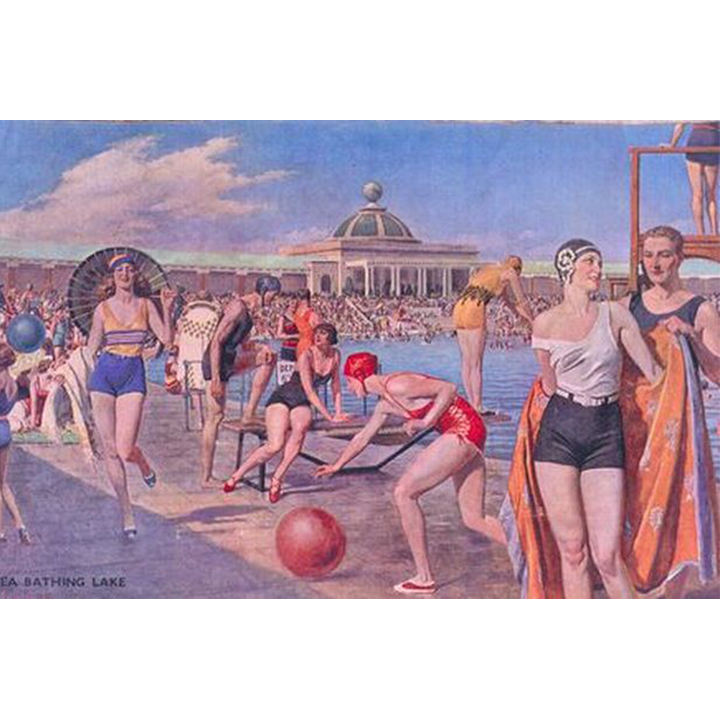
The Lido

Royal Doulton Lido Lady L. Harradine
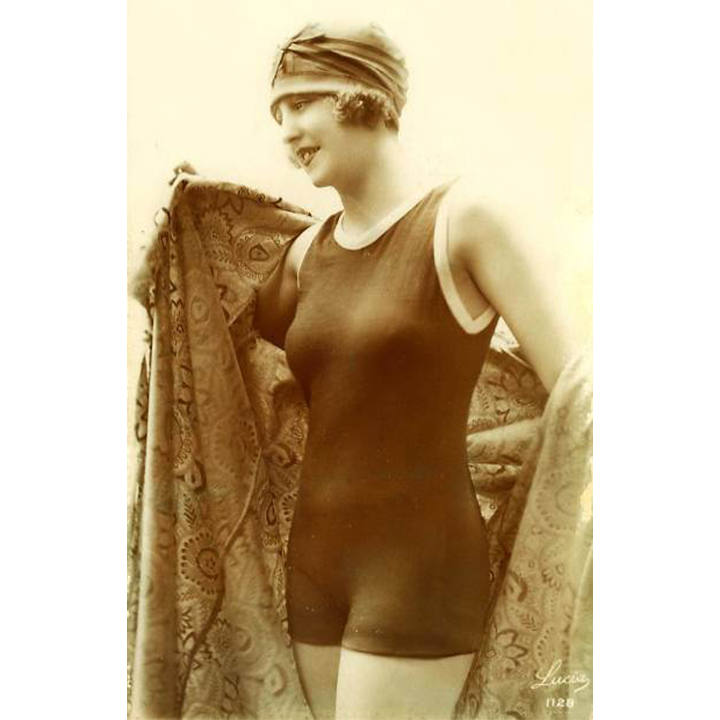
Bather 1920s

Royal Doulton Bather by L. Harradine
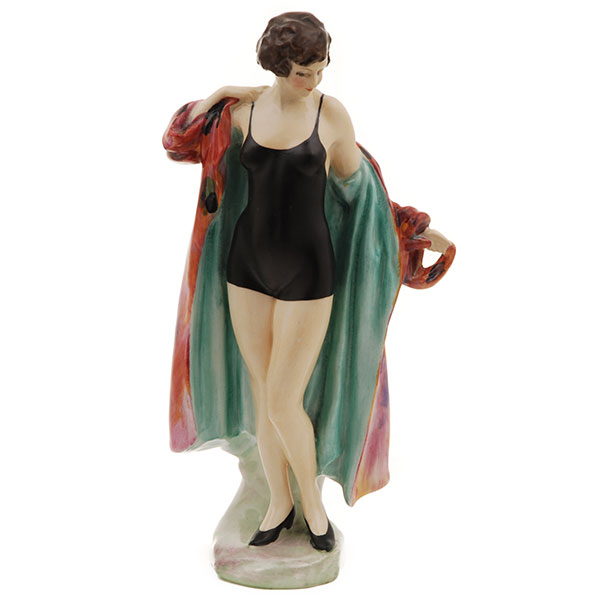
Royal Doulton Bather by L. Harradine
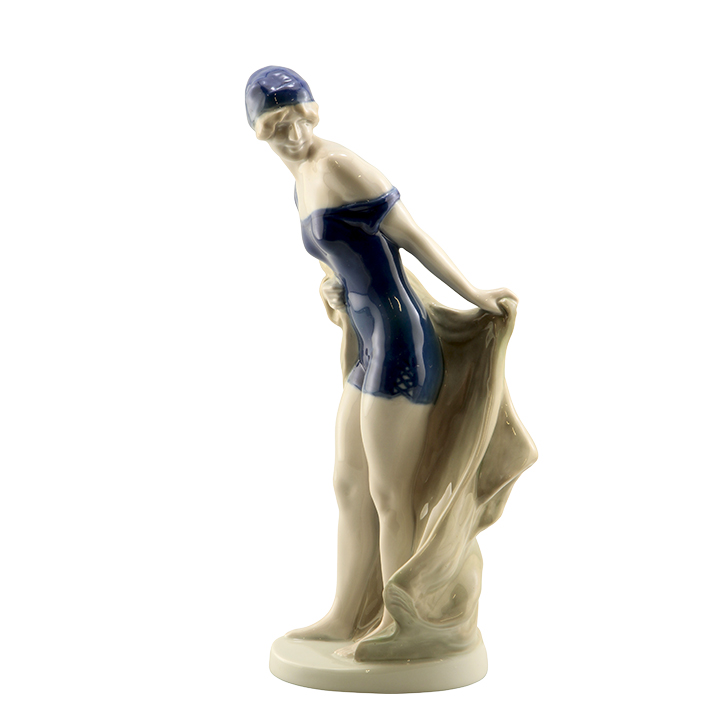
Rosenthal In the Wind by R. Marcuse
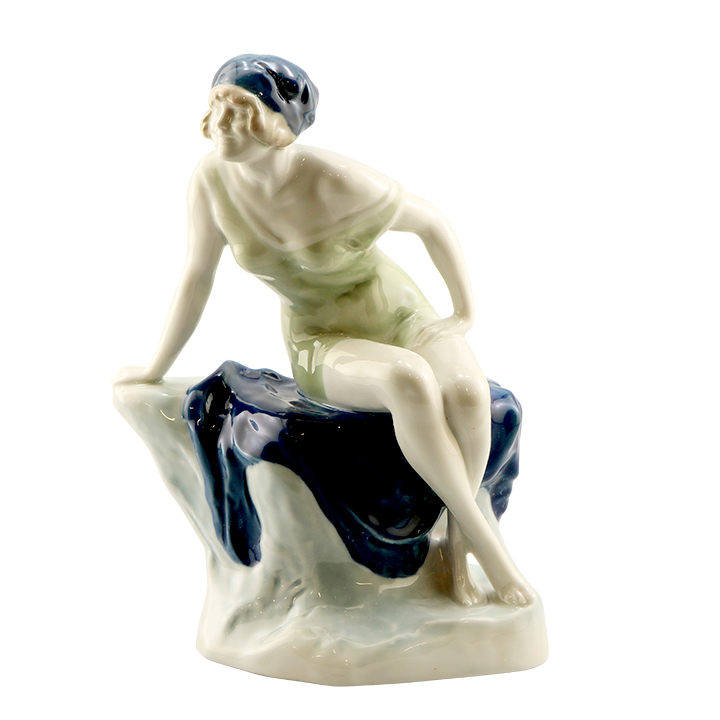
Rosenthal Before the Bath by R. Marcuse

Royal Doulton Bather Prototype by A. Maslankowski

Royal Doulton Babette by L. Harradine

Rosenthal Bather by G. Shliepstein
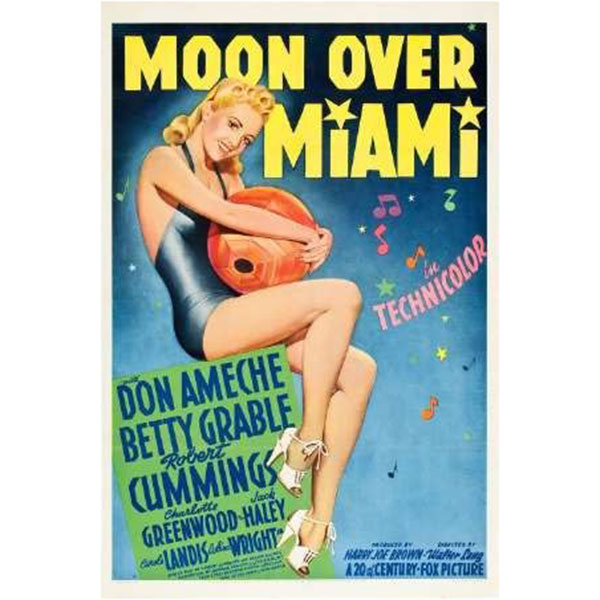
Moon over Miami Movie Poster

The Palm Beach Girl Movie Poster
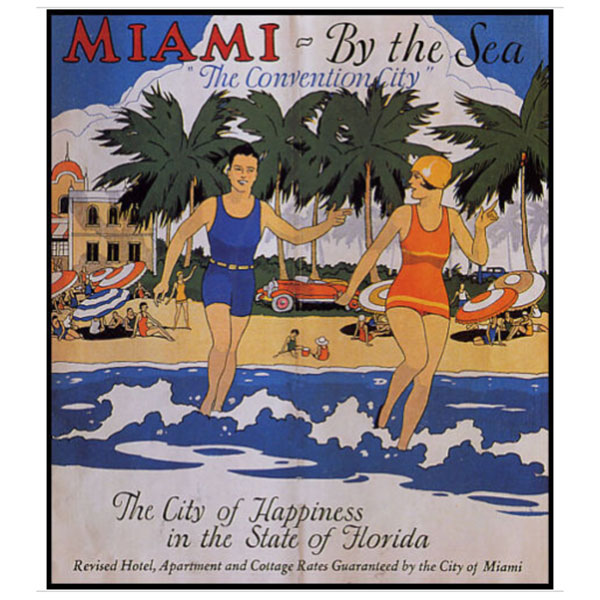
Miami by the Sea Travel Poster
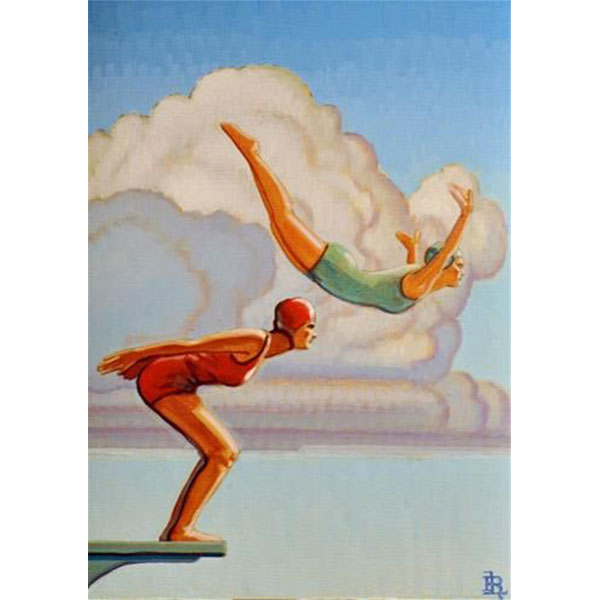
Swimming Poster

Sun and Surf Australia Poster

Seaside Calls
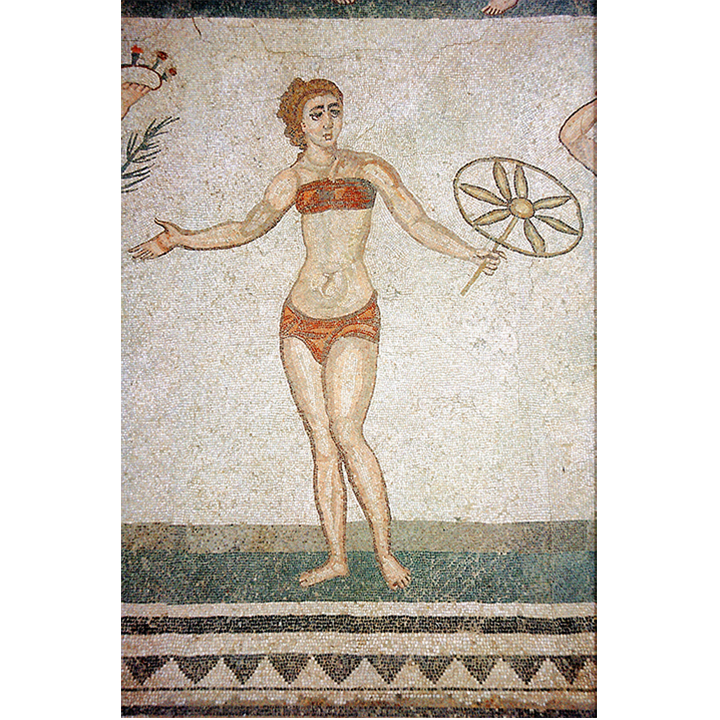
Bikini in Roman Mosaic Villa Roma de Casale
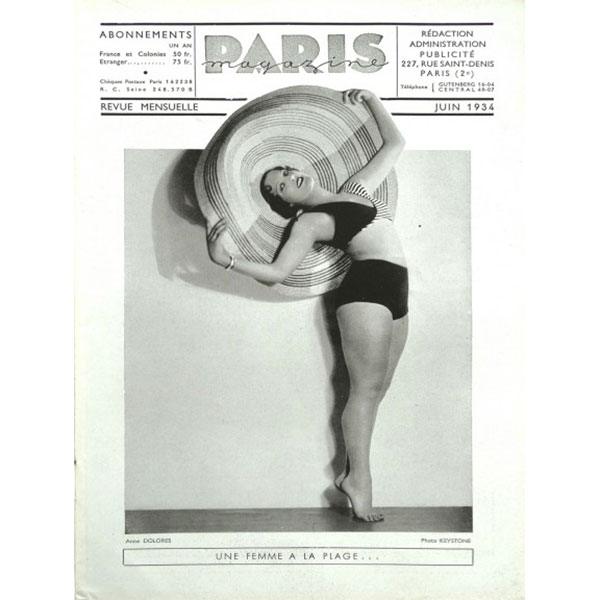
Paris Magazine Bikini
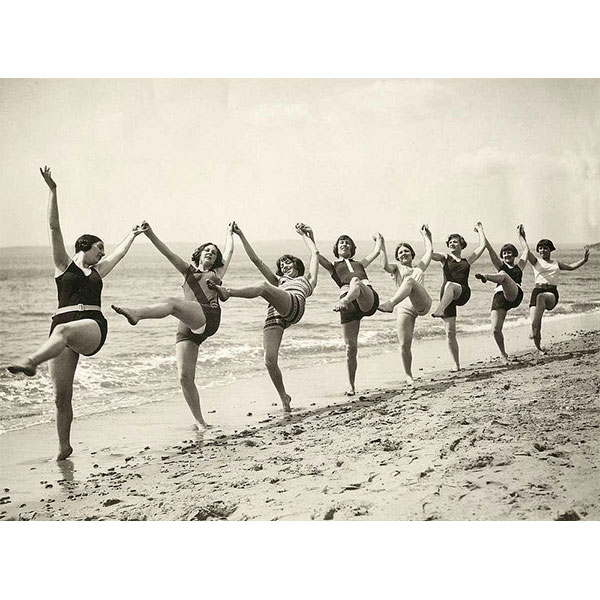
On the Beach
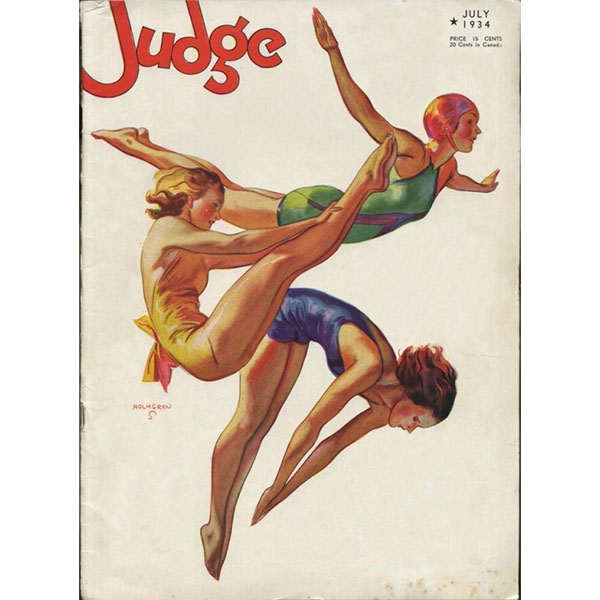
Judge July 1934 Cover by J. Holmgren

Cote D'Azur by R. Broders

The Dunes Beaches

La Vie Parisienne Magazine Cover

Pin-up Girl by T. Galli

Mershark Rhanu’s bikini top by C. Rousso

Rhanu in Chelsea’s bikini top

Glass Bikini top by C. Rousso
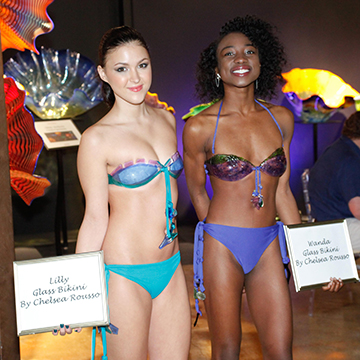
Chelsea Rousso's Glass Bikini tops at Splash fashion show

Glass Bikini top by C. Rousso

Ardmore Design Bikini by Hermes

Ardmore Design Swimsuit by Hermes
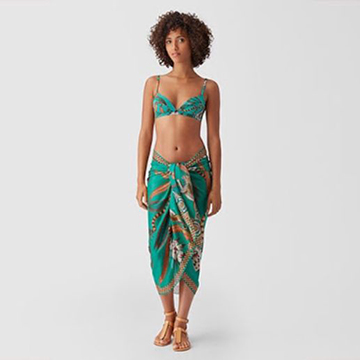
Ardmore Design Swimwear by Hermes
